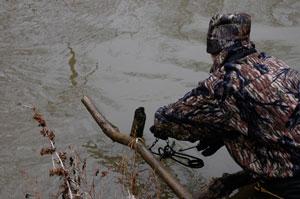
Recreation
Kentucky Afield Outdoors: Furbearer season offers hunting and trapping opportunities
With Kentucky’s furbearer season underway, hunters and trappers have a wide variety of wildlife to pursue, from raccoons ... Read more

With Kentucky’s furbearer season underway, hunters and trappers have a wide variety of wildlife to pursue, from raccoons ... Read more